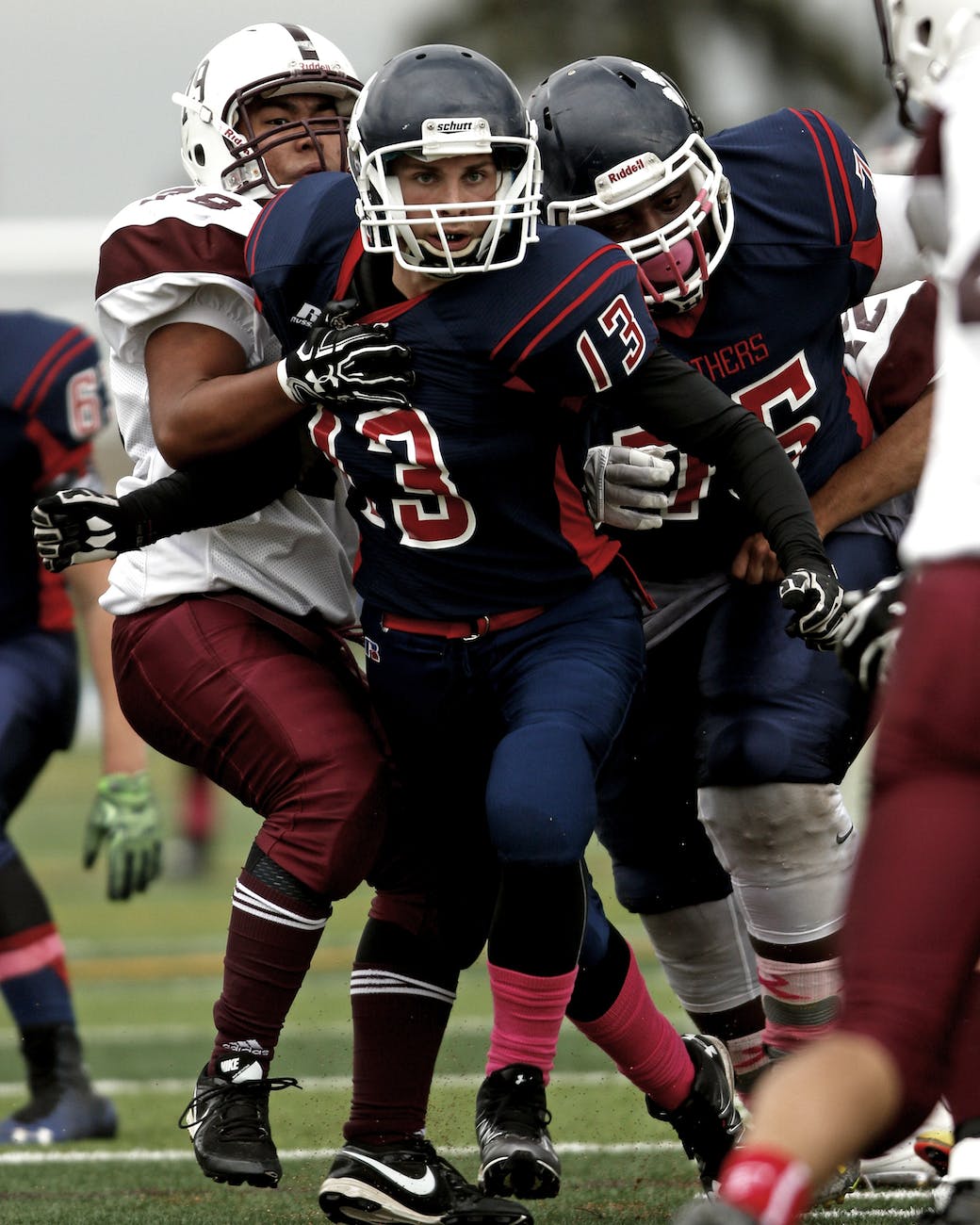Aggression in Sports: The Double-Edged Sword
Aggression in sports is a complex and multifaceted phenomenon. While it is an inherent part of many competitive games, it can manifest in both positive and negative ways, affecting athletes, spectators, and the sport itself. In this 600-word exploration, we will delve into the nature of aggression in sports, its causes, consequences, and the ways in which it can be managed and channeled constructively.
Table of contents-
- Meaning of Aggression
- Concept of Aggression
- Types of Aggression
- Causes of Aggression
- Nature of Aggression
- Positive Aspects of Aggression
- Negative Aspects of Aggression
- How to manage aggression in sports?
Meaning of aggression:
Terry et Jackson 1985 define aggression in sports as harmful behaviors that do not have a direct relationship with the competitive objectives of the sport and are related to uncontrolled incidents of aggression in the rules of the sport, A plan to achieve competitiveness from one sport to another.
Concept of aggression:
Aggression is any interpersonal behavior intended to cause physical harm or mental stress to one or more people. In the sporting context, aggression can be defined as unprovoked physical or verbal aggression, and aggressiveness as the intention to commit an attack. The aggression made today part of all contemporary sports. Over the course of the last few years, most sports have been identified and resolved.
Types of aggression:
(i) Direct aggression
(ii) indirect aggression
(iii) Instrumental aggression
(iv) Emotional aggression
The Nature of Aggression in Sports
Aggression in sports can be defined as any behavior intended to harm or injure an opponent, whether physically or psychologically, within the rules and spirit of the game. It is essential to differentiate between aggression and violence; the former is a natural and acceptable aspect of many sports, while the latter involves actions that go beyond the rules and ethics of the game.
Causes of Aggression in Sports
- Competitiveness: The inherent nature of sports, which involves competition and a desire to win, often fuels aggression. Athletes are driven to outperform their opponents, and this drive can lead to aggressive behaviors on the field.
- Frustration: Sports can be emotionally intense, and frustration over personal performance or team outcomes can trigger aggressive reactions. This frustration can stem from the pressure to excel or the fear of failure.
- Fan Expectations: Spectators play a significant role in shaping athletes’ behavior. The pressure to perform well in front of a passionate crowd can lead to heightened aggression on the field.
- Team Dynamics: The dynamics within a team can also contribute to aggression. Conflicts between teammates or a desire to impress coaches can lead athletes to engage in aggressive behaviors.
Positive Aspects of Aggression in Sports
While aggression is often associated with negativity, it has several positive aspects in sports:
- Competitiveness: Aggression can drive athletes to perform at their best, pushing their limits and striving for excellence.
- Team Unity: Controlled aggression can foster team unity as players stand up for each other, defend their team’s honor, and work collectively to achieve victory.
- Entertainment Value: For spectators, a certain level of aggression can make sports more exciting and engaging, adding drama and intensity to the competition.
Negative Consequences of Uncontrolled Aggression
Uncontrolled aggression in sports can have severe consequences:
- Injuries: Aggressive behaviors can lead to injuries for both athletes and opponents, compromising their physical well-being.
- Sanctions and Suspensions: Athletes who engage in excessive or unsportsmanlike aggression may face sanctions, fines, or suspensions, tarnishing their careers and teams.
- Negative Image: Aggressive incidents can damage the reputation of a sport and discourage participation, particularly among young athletes and their parents.
- Psychological Impact: Excessive aggression can have lasting psychological effects on athletes, causing stress, anxiety, and impaired mental health.
How to manage aggression in sports?
Managing Aggression in Sports
To harness aggression positively and mitigate its negative consequences, various strategies can be employed:
- Training and Education: Coaches and sports organizations can provide training in anger management, conflict resolution, and sportsmanship to help athletes understand and control their aggression.
- Rules and Enforcement: Strict rules and penalties for unsportsmanlike conduct can deter athletes from engaging in aggressive behaviors that go beyond acceptable limits.
- Mental Conditioning: Sports psychologists can work with athletes to develop mental strategies for managing aggression under pressure and channeling it into improved performance.
- Leadership: Team captains and coaches can set the tone for their teams by promoting a culture of respect, fair play, and controlled aggression.
- Role Modeling: Professional athletes can serve as role models by demonstrating sportsmanship and controlled aggression, influencing younger athletes to do the same.
In conclusion, aggression is an integral part of sports, and its effects can be both positive and negative. While it can drive athletes to excel and entertain spectators, uncontrolled aggression can lead to injuries, sanctions, and a tarnished image of sports. Through proper management, education, and a commitment to sportsmanship, athletes and sports organizations can strike a balance that allows aggression to enhance the competitive spirit of sports while maintaining their integrity and values.

